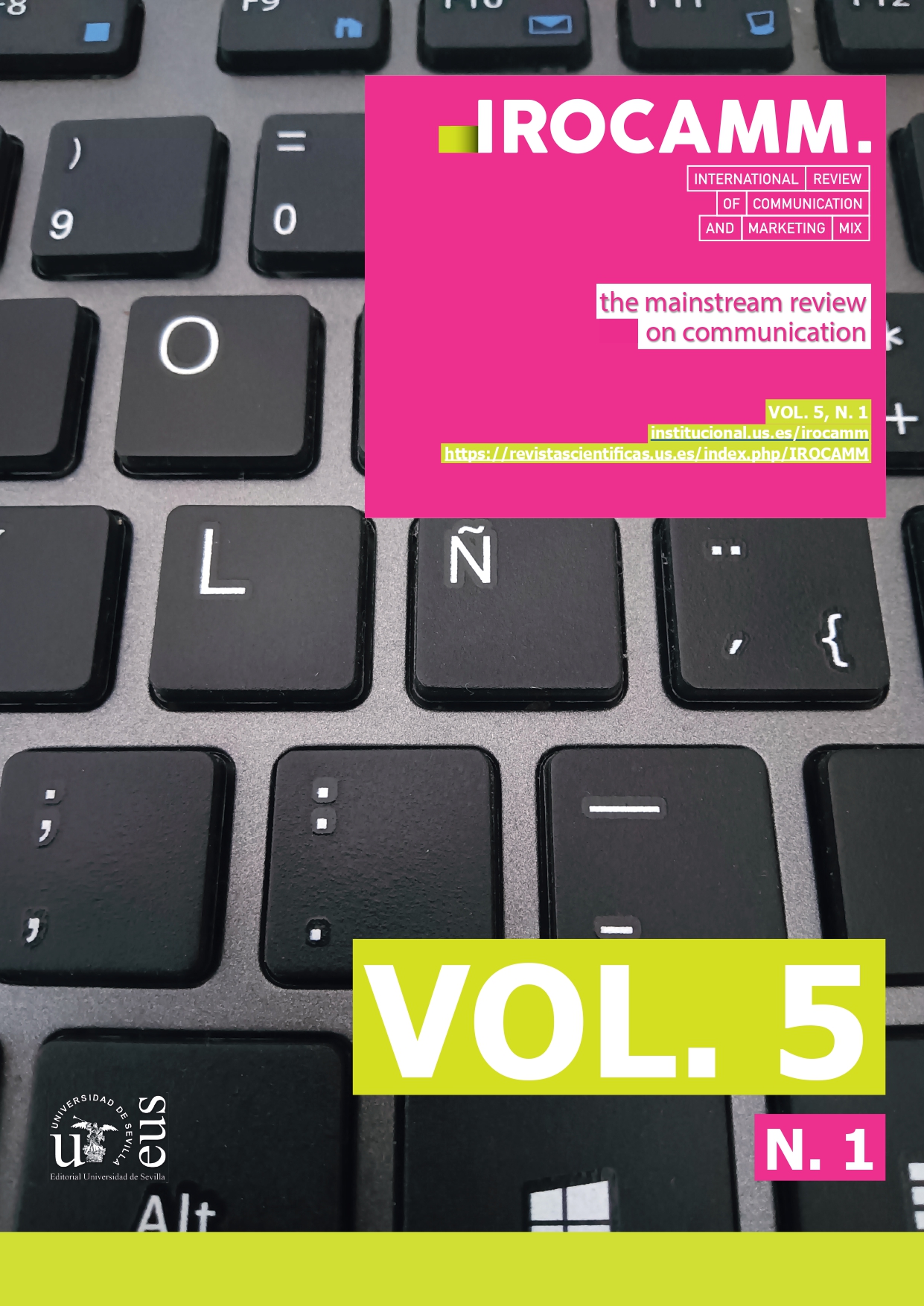Abstract
En los últimos años, las nuevas tecnologías aplicadas al discurso de campañas sobre violencia de género han forjado una relación diferente entre el consumidor y las instituciones que lo abordan. La implementación de la realidad virtual o de 360º con capacidad inmersiva utiliza herramientas de la realidad virtual que son diseñadas por las empresas publicitarias para que sus campañas lleguen a espacios más diversos.
En este sentido, las campañas publicitarias y de marketing enfocadas en tratar la violencia de género han comenzado a explorar la relación de la realidad virtual y lo inmersivo con sus consumidores, y a través de este nexo generar una comunicación reflexiva desde una estructura de storytelling que marca una nueva manera de narrar la violencia desde espacios interactivos.
Riferimenti bibliografici
Boschiero, C. (2012). Derechos Humanos, Género y Medios de comunicación en Argentina: la Ley de Medios analizada
desde un enfoque de género. Tesis de Maestría. Buenos Aires: Universidad Nacional de San Martín.
Fernández, Quijada, D.; Ramos, M. (2014). Tecnologías de la persuasión. Uso de las TIC en Publicidad y Relaciones
Públicas. UOC.
Gómez-Ramírez, O.; Reyes Cruz, L. V. (2008). Las jóvenes y el feminismo: ¿Indiferencia o compromiso? Revista Estudos
Feministas, 16(2). https://bit.ly/3nYQuiy
Levis, D. (1997). ¿Qué es la realidad virtual? https://goo.gl/ESgvCZ
Martí Parreño, J.; Cabrera García-Ochoa, Y.; Aldás Manzano, J. (2012). La publicidad actual: retos y oportunidades. Pensar
la Publicidad, 6(2), 327-343. https://doi.org/10.5209/rev_PEPU.2012.v6.n2.41219
Molina, González, A. (2005). Análisis de las campañas publicitarias de prevención de la violencia.
Segura, García, R.; Martínez, E. (2011). Jóvenes Digitales. La dinámica de las emociones en el uso de las tecnologias. In
Marta, C.; Marínez, E. (eds.) Jóvenes Interactivos. Nuevos Modos de comunicarse, 19-36. Netbiblo.
Yanunzzio, F. (2016, 28 de

Questo lavoro è fornito con la licenza Creative Commons Attribuzione - Non commerciale - Condividi allo stesso modo 4.0 Internazionale.
Copyright (c) 2022 IROCAMM - International Review Of Communication And Marketing Mix

